 Chapati or Roti, is a staple of Indian cuisine. After all, the delicious creamy curries need a sturdy vehicle to sop them all up! Although rice is more commonly eaten in a typical southern Indian household (as in ours) , whole wheat rotis do have an important place too. Nowadays, for my family I make multigrain parathas a lot as I posted before using a mix of wheat, millet, and flaxseeds etc. I also usually stuff them with vegetables usually some kind of leafy greens to make them truly wholesome.
Chapati or Roti, is a staple of Indian cuisine. After all, the delicious creamy curries need a sturdy vehicle to sop them all up! Although rice is more commonly eaten in a typical southern Indian household (as in ours) , whole wheat rotis do have an important place too. Nowadays, for my family I make multigrain parathas a lot as I posted before using a mix of wheat, millet, and flaxseeds etc. I also usually stuff them with vegetables usually some kind of leafy greens to make them truly wholesome.
When I first cut down gluten about 2 and 1/2 years ago, I did not miss my rotis much. That’s because I was eating rice still at that time. So I could still enjoy my curries! But when I started on AIP a year and a half ago,I had to cut off rice too and that’s when I really began to crave for some kind of vehicle to sop up the curries. It was no fun always just eating the curries like a soup. Was relieved when I soon came across cassava flour and quickly learnt how to make cassava tortillas/rotis which brought back Indian food back into my life!
 Initially I was only too pleased to be able to have some kind of rotis back on my plate. But later on I began to experiment a little bit. I tried adding water chestnut flour to the cassava flour once and I liked the texture of the rotis better. So I continued to experiment with different proportions of the flours and finally I have come up with this recipe which gives me a really good textured roti. Soft and pliable but yet sturdy enough so that it does not get too soggy when eating curries.! They taste great both with wet curries as well as dry sabzis (sautéed vegetables). Some of my favorite curries to eat this with are ‘Mixed vegetables in coconut sauce’, vegetable korma and Chicken curry. This past week I gave myself a treat – since mangoes have been showing up, I made mango puree too as a side for a sumptuous indian meal with cabbage thoran, mixed vegetable curry and mango puree! Yum!
Initially I was only too pleased to be able to have some kind of rotis back on my plate. But later on I began to experiment a little bit. I tried adding water chestnut flour to the cassava flour once and I liked the texture of the rotis better. So I continued to experiment with different proportions of the flours and finally I have come up with this recipe which gives me a really good textured roti. Soft and pliable but yet sturdy enough so that it does not get too soggy when eating curries.! They taste great both with wet curries as well as dry sabzis (sautéed vegetables). Some of my favorite curries to eat this with are ‘Mixed vegetables in coconut sauce’, vegetable korma and Chicken curry. This past week I gave myself a treat – since mangoes have been showing up, I made mango puree too as a side for a sumptuous indian meal with cabbage thoran, mixed vegetable curry and mango puree! Yum!
Some things to keep in mind while making this chapati / roti:
- The water used for mixing the dough should be very hot – basically I let the water come to a boil and then turn the heat off and within the next minute use that hot water.
- These rotis taste best and have the best texture when you make them fresh i.e. just before eating. However , what I do usually is make a double batch of the dough(as given in this recipe below) and then refrigerate the dough. Then you can use the same dough within the next 2 days to make another batch of rotis. This is better than storing made rotis in the refrigerator.
- The rotis get a nice soft texture when you apply some ghee on top. Ghee is of course an AIP reintro so if you are not able to use it, you can just skip this step and the rotis will still be good!
So without much ado, here is the recipe. Do try it and let me know how you like it! And here is a video of this recipe too!
Bringing this recipe over to the Paleo/AIP Recipe Roundtable hosted by Phoenix Helix. 

- ⅔ cup cassava flour
- ⅓ cup water chestnut flour
- ¼ tsp sea salt
- 1 tsp extra virgin olive oil
- 1 cup hot water (read instructions)
- 1-2 tsp more extra virgin olive oil (as needed)
- extra cassava flour for dusting
- 1-2 tbsp ghee (optional, omit for AIP)
- In a large mixing bowl, add the cassava flour, water chest nut flour, salt and the oil.
- Place a kettle filled with water on the stove to heat. Let it come to boil and then turn heat off.
- Immediately measure 1 cup of this hot water and pour it into the bowl carefully. Use a spatula to mix the hot water into the flour mixture. After a few seconds of mixing, test how hot the mixture is by slowly placing a finger into the bowl. Once the mixture is cool enough to be handled (should be still warm), use your hands to knead the dough and make a smooth dough. Add the additional 1-2 tbsp of olive oil as needed to make the dough smooth (should not be sticky). Divide the dough into small balls (about 10)
- Flatten each dough ball and then using a rolling pin flatten this ball to make a round (about 4 inches dia).
- Heat a cast iron (or non stick) skillet or pan and when hot turn heat to medium.
- Place the rolled chapati onto the hot pan. Let cook for 1 min and flip to the other side. Now press the chapati with a flat spatula and as you press it , it will start puffing up from all sides. Let cook for 1 more min and then transfer to a tray. If using ghee, apply a small dollop of ghee over the top of the chapati.
- Repeat the process for making more rotis as needed. (You can refrigerate the remaining dough for up to 2 days)
Do you like this recipe? Would you like more such AIP flatbread recipes? Well, my new cookbook ‘AIP INDIAN FUSION’ has 8 different flatbread recipes! Plus curries, soups, stews, vegetable sides and even desserts! 114 AIP compliant recipes that are inspired by Indian cuisine! Get your copy today!



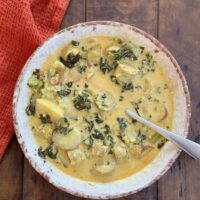



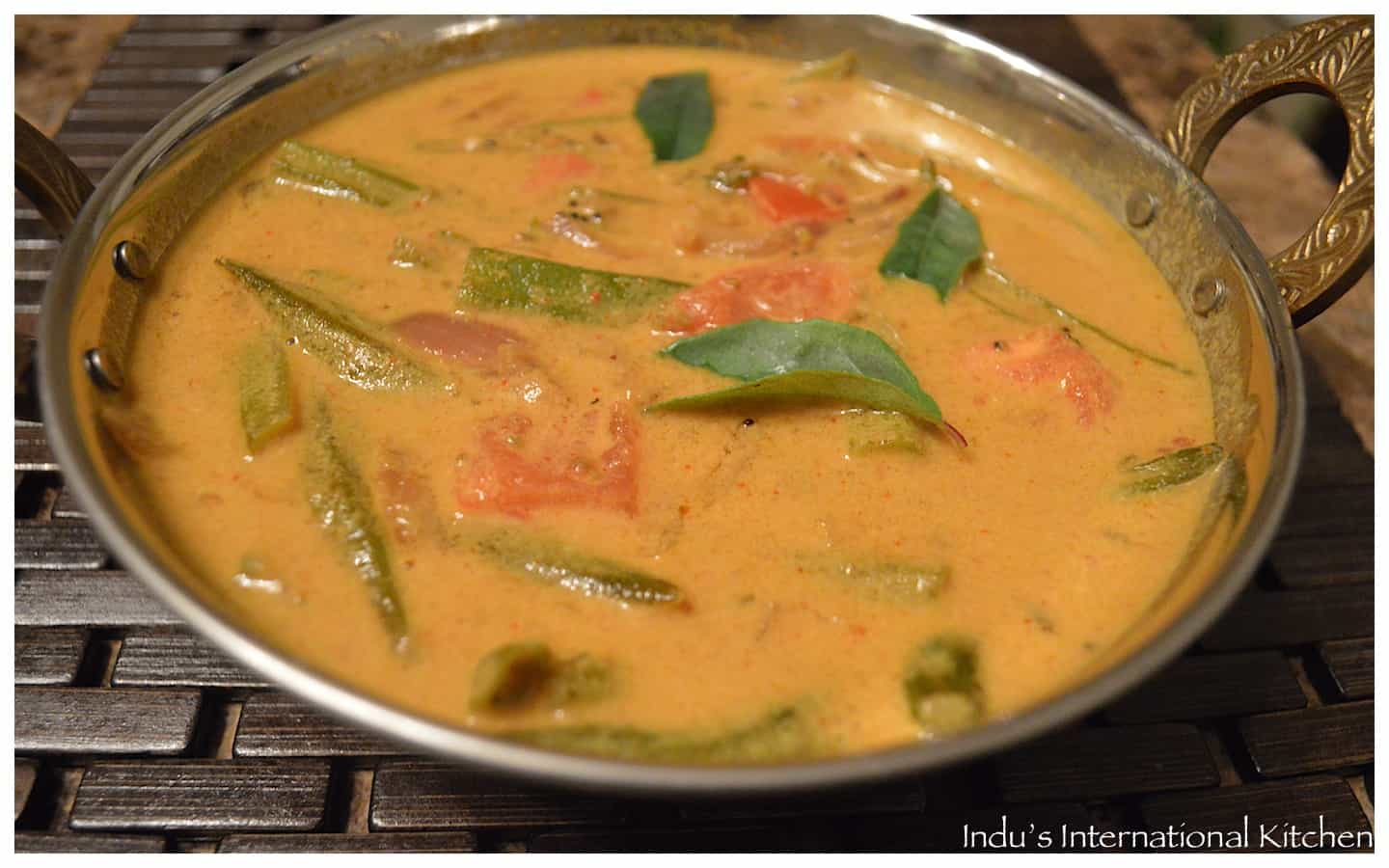
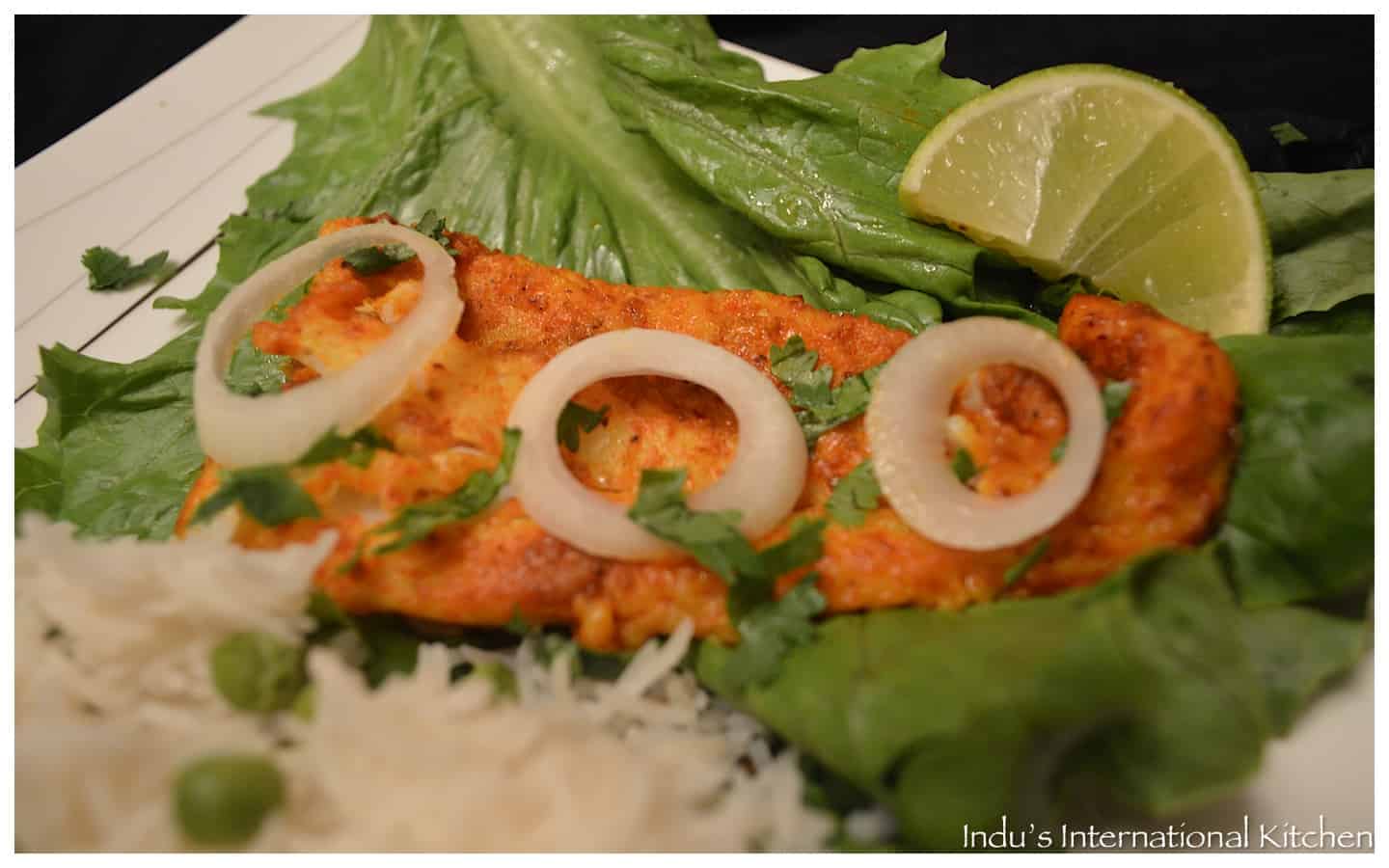
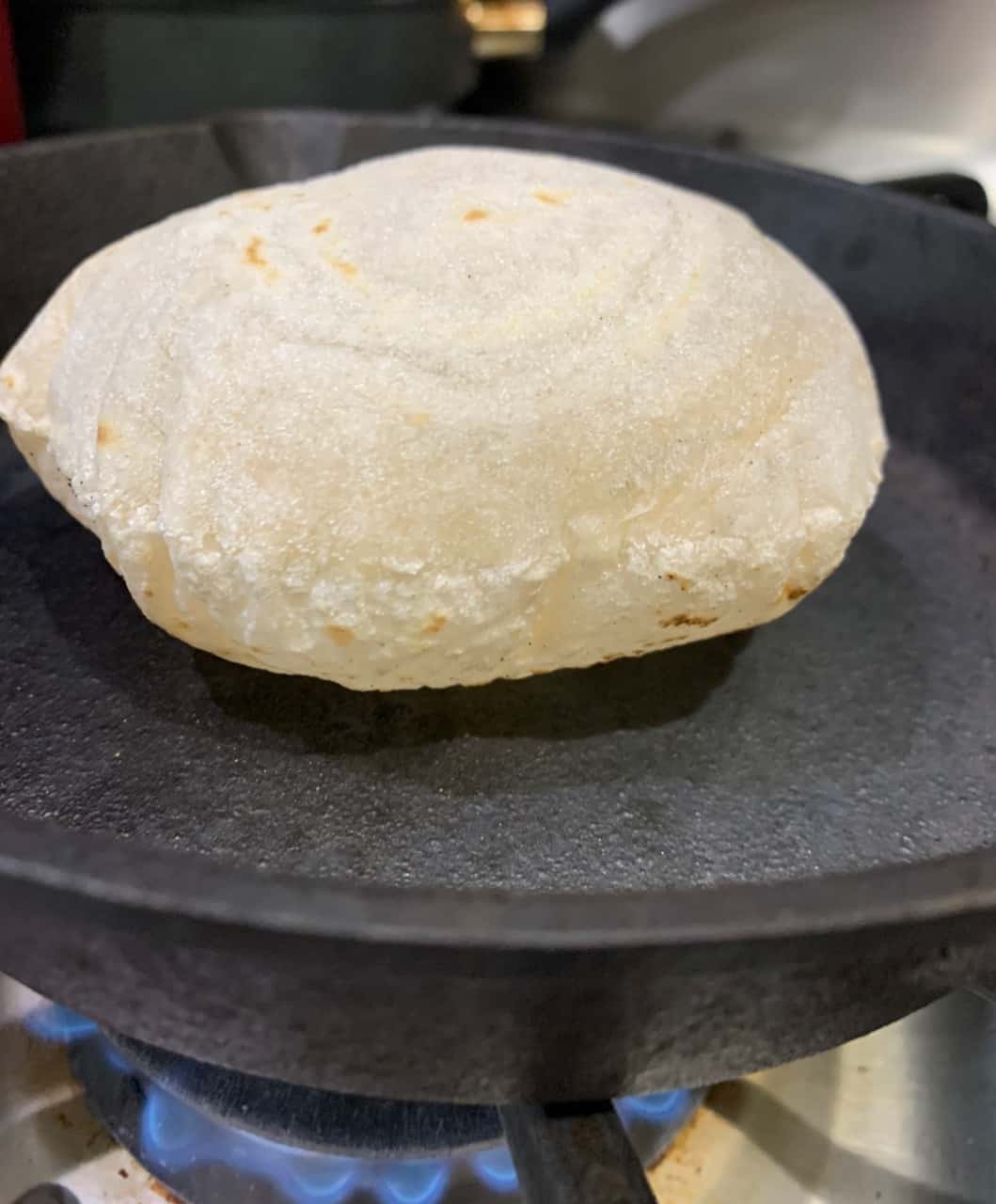

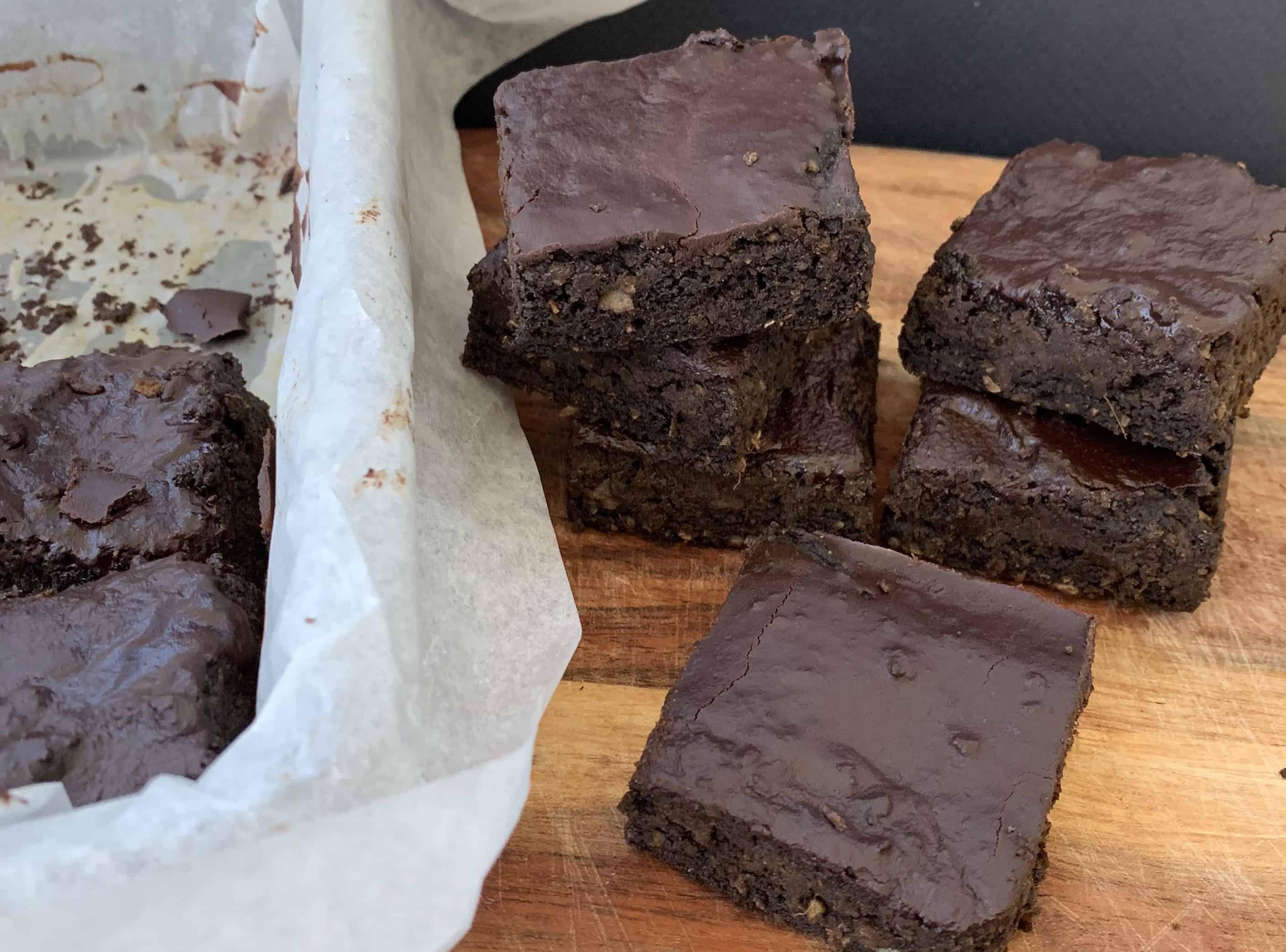
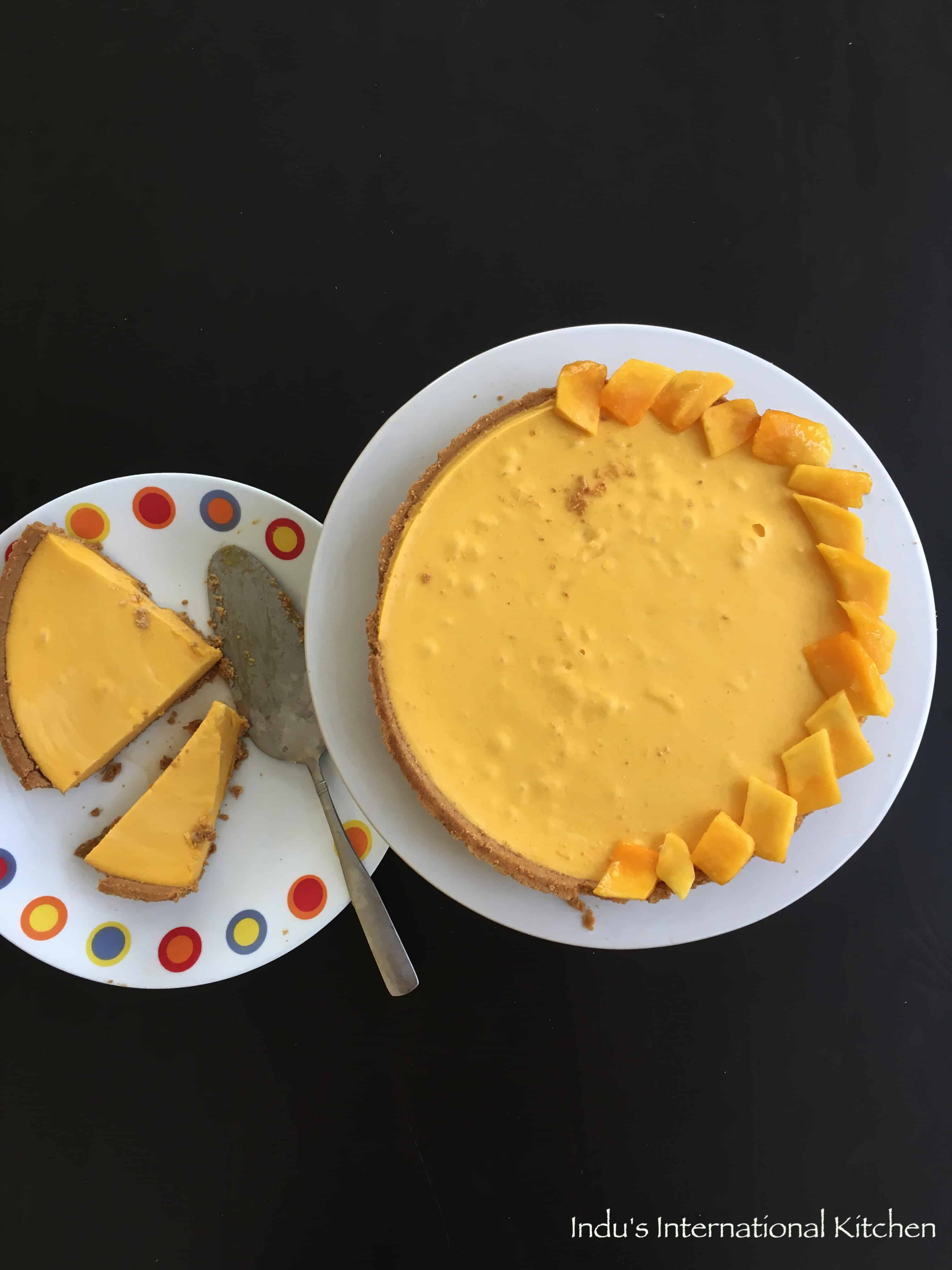
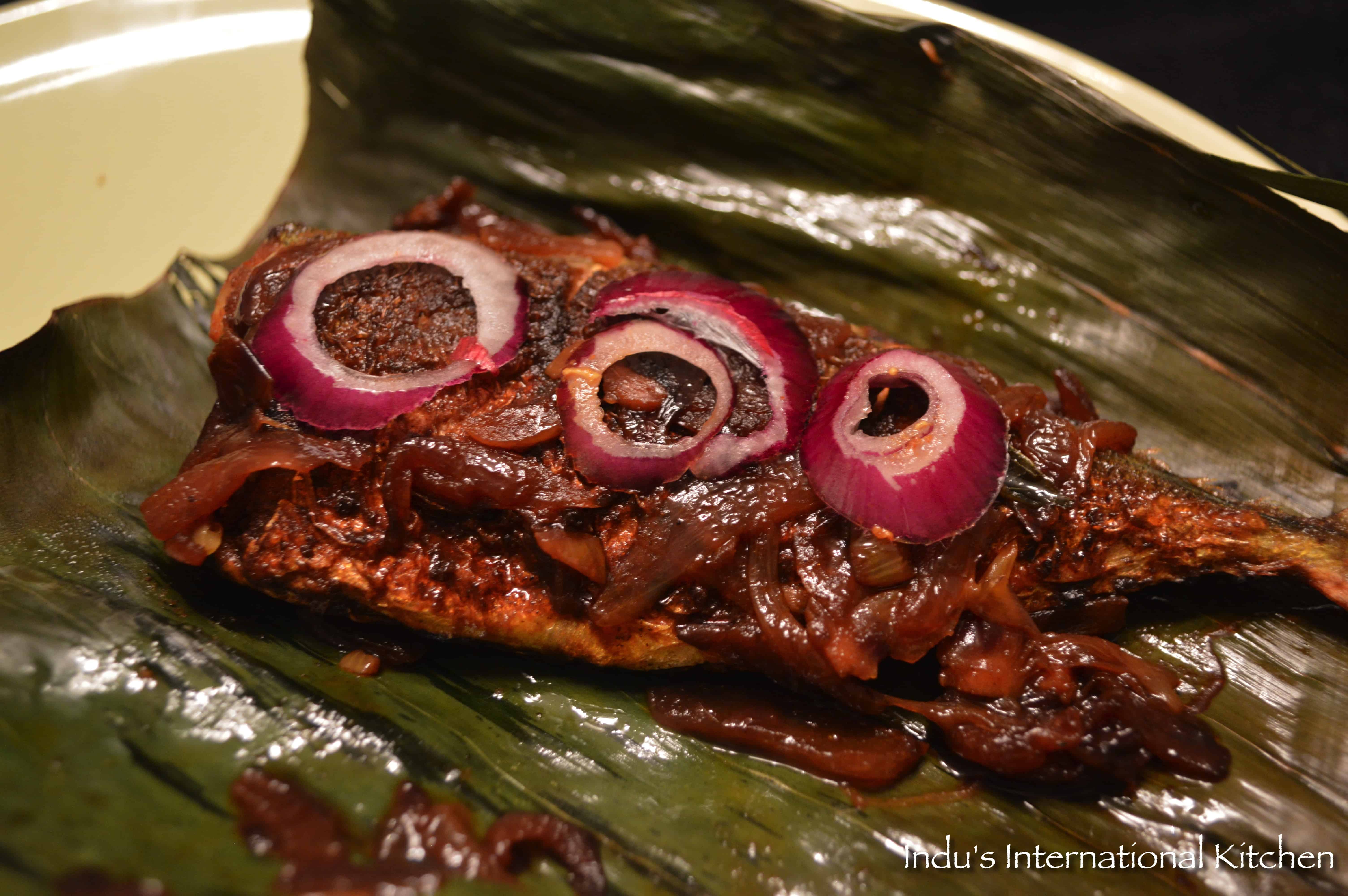


I have been trying to make gluten free chapati for literally years. This was AMAZING! So easy to make , tastes good , strong enough to scoop up curry but still so soft.
Hi, love your recipe! Please can you tell me that if I roll the dough out into a roti shape, separate with baking paper and put into a zip lock bag, can I then freeze this? If yes, for how long? Will these thaw okay and taste okay? I am thinking for batch cooking purposes. Would appreciate your help!
Hi Anta, Thank you for your question! But I am not sure if rolling the dough and freezing it without cooking it is a good idea as this dough does not do well if stored beyond 2-3 days in the refrigerator. You could however cook all the rotis and then after they cool down, you can try to freeze them. That way you can just thaw them and then warm them slightly before using. Hope this helps.
How long can I freeze the cooked rotis for? Thank you for your reply and help, really appreciate it.
Hi Indira!
Thanks so much for sharing this recipe, I think I want to make it tonight. I’m wondering if I can substitute water chestnut flour for any other flour? Or add more cassava? I can’t find water chestnut flour where I live 🙁 Thank you! -Andrea
Hello Andrea, if you cannot find water chestnut flour, then I think you should try this recipe: https://cook2nourish.com/2021/10/cassava-tortilla-roti-how-to-make-the-perfect-cassava-tortilla.html
This looks really delicious. Sadly I can’t tolerate cassava. I’m wondering if I can substitute it. Any ideas? I was thinking maybe tiger nut flour.
If you cannot tolerate cassava, you can try using tigernut flour however I have not tried it. You can also just use water chestnut flour and add a mashed sweet potato to help the dough come together. Of course you will need to add less water than this recipe since the sweet potato would have a lot of moisture. Hope that helps!
Would give more than 5 stars if I could!
The texture and flavour is spot on. Definitely will be a staple for the whole family from now on 🙂
thank you so much! Appreciate it!
I find that a Cup of water was too much. Have to go slow next time.
The roti was dense. Do you think it depends on the kassava flour one
Gets?
Hi Pervez, yes definitely the brand of cassava flour can make a difference. I only recommend Otto’s Brand or Anthony’s Goods Premium Brand (NOT Anthony’s Goods organic as it has a different consistency). Yes if you found 1 cup be too much, I think it’s definitely because of the consistency of the flour. Yes try reducing quantity of water next time and if possible get one of the brands I mentioned next time. Good Luck!
Thank you for sharing. I made your recipe of this GF roti and it turned out so good. Love it!
Oh I am so happy to hear that! Thank you for letting me know!
Can you make puri also out of this recipe?
Yes you can! Roll them a bit thicker though!
Thanks for your quick response🙂
Hi Indira, Finally received my Cassava flour from amazon and tried your gluten free roti’s today. They tasted just like regular roti’s. Thank you so much for sharing just an amazing recipe.
Hi, I’m wondering if there’s a typo in the recipe for grain free chapati. As-is, the texture comes out like batter and definitely not something that can be rolled. I added a lot of extra cassava flour (like at least a half to a full cup extra) and created great chapatis in the end but it would be quicker to start with the correct quantities. Otherwise, I have to mess around with it and come up with my own quantities. Waterchestnut flour can also be found in chinese cooking so if you don’t have an Indian grocery, try a chinese one. Thanks for posting. My son is having to go AID too.
Hello I make this recipe regularly. Did you watch my video for this recipe? Please do watch it as you can see clearly the steps. Where are you getting your flours from?
I think I used Bob’s Red Mill. We live in Canada and that a common one found in a wide variety of places. The brands you mention aren’t available here.
Hmm.Bob’s Red Mill only has tapioca flour I think. Tapioca flour is very different from cassava flour even though both are made from the same cassava root. Cassava flour has fiber in it and that’s why its texture is different. I am sorry you cannot find cassava flour in your area. Did you check online stores too? I recommend only Otto’s and Anthony’s Good Premium Cassava flour.
You do not need any guar gum or psyllium husk etc.. ?
No its not needed.
Thanks for sharing. Can we just use cassava flour or can mix with Bajra or juwar or besan flour?
many thanks
thank you for sharing. Can we just make chapattis using the cassava flour? or maybe mix with Juwar or bajro or besan? many thanks
hi jenny
Yes you can definitely use just cassava flour too. Watch my video https://www.youtube.com/watch?v=ScTQXZ5OK1s&t=4s – this is using only cassava flour. I am not sure about mixing with juwar, basra or besan since I have not tried that.
Oh my goodness! This is the best roti I have ever had! Haven’t had roti for over 12 years and has been 7 years since I made normal roti for my family. Finally got to make roti for my young kids tonight. Thank you so much for this recipe!
thanks so much for your feedback. Would love it if you could rate the recipe too! thank you!
Would there be a good sub for the chestnut flour. Can’t get that where I live but not sure about ordering it with the cost of shipping, etc.
Hi Sara
I don’t know of another substitute that would be grain free and nut free i.e. AIP. This is ‘water chestnut flour’ and the link I have in the recipe shows the product in amazon.com. However if you have an Indian grocery store close to where you live, you can get it cheaper. If you have to order from amazon, it is totally worth it still since I use this flour in so many different things. On my site you will find many other recipes that uses this flour. You can use it to thicken soups too. Hope this helps. Good Luck.